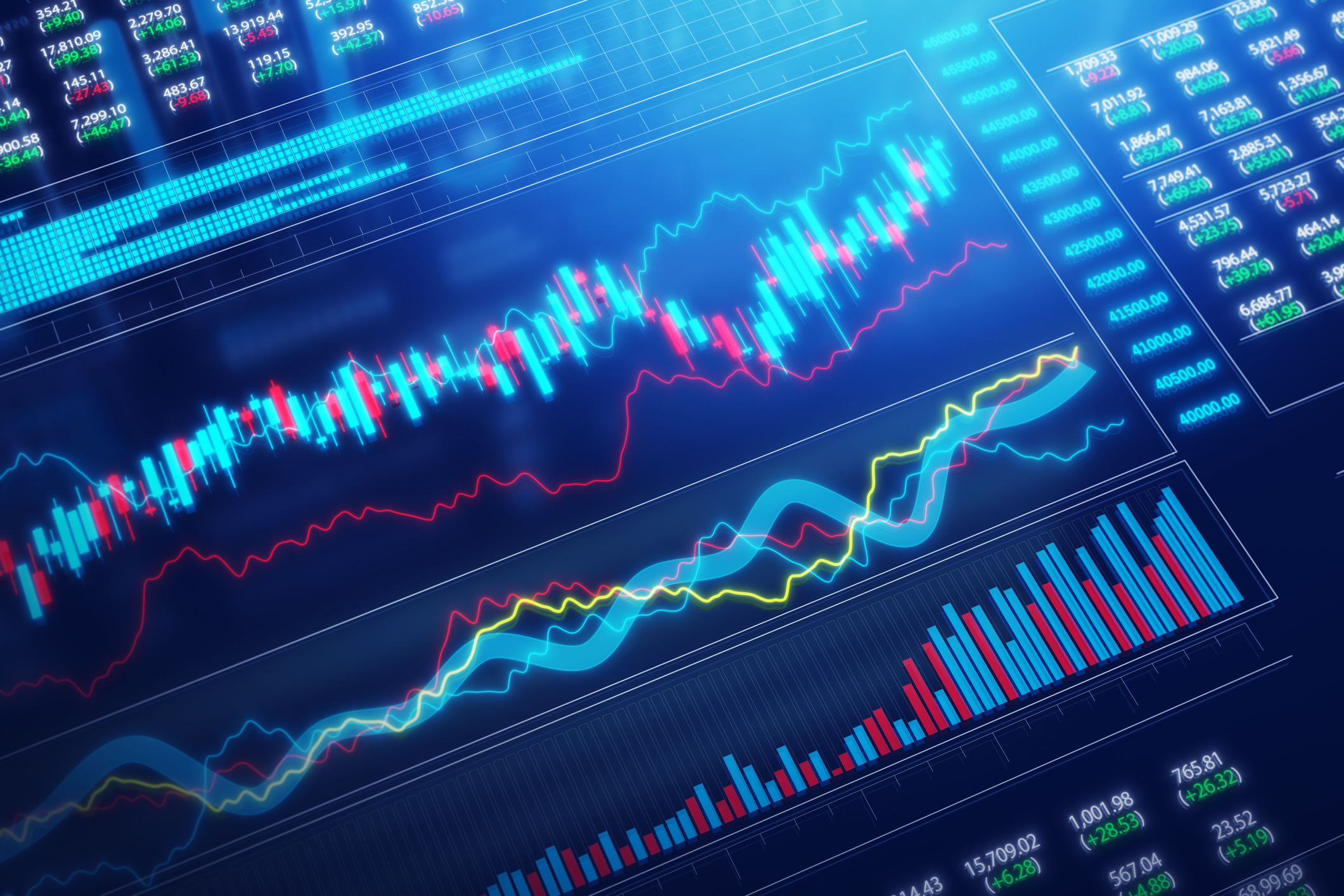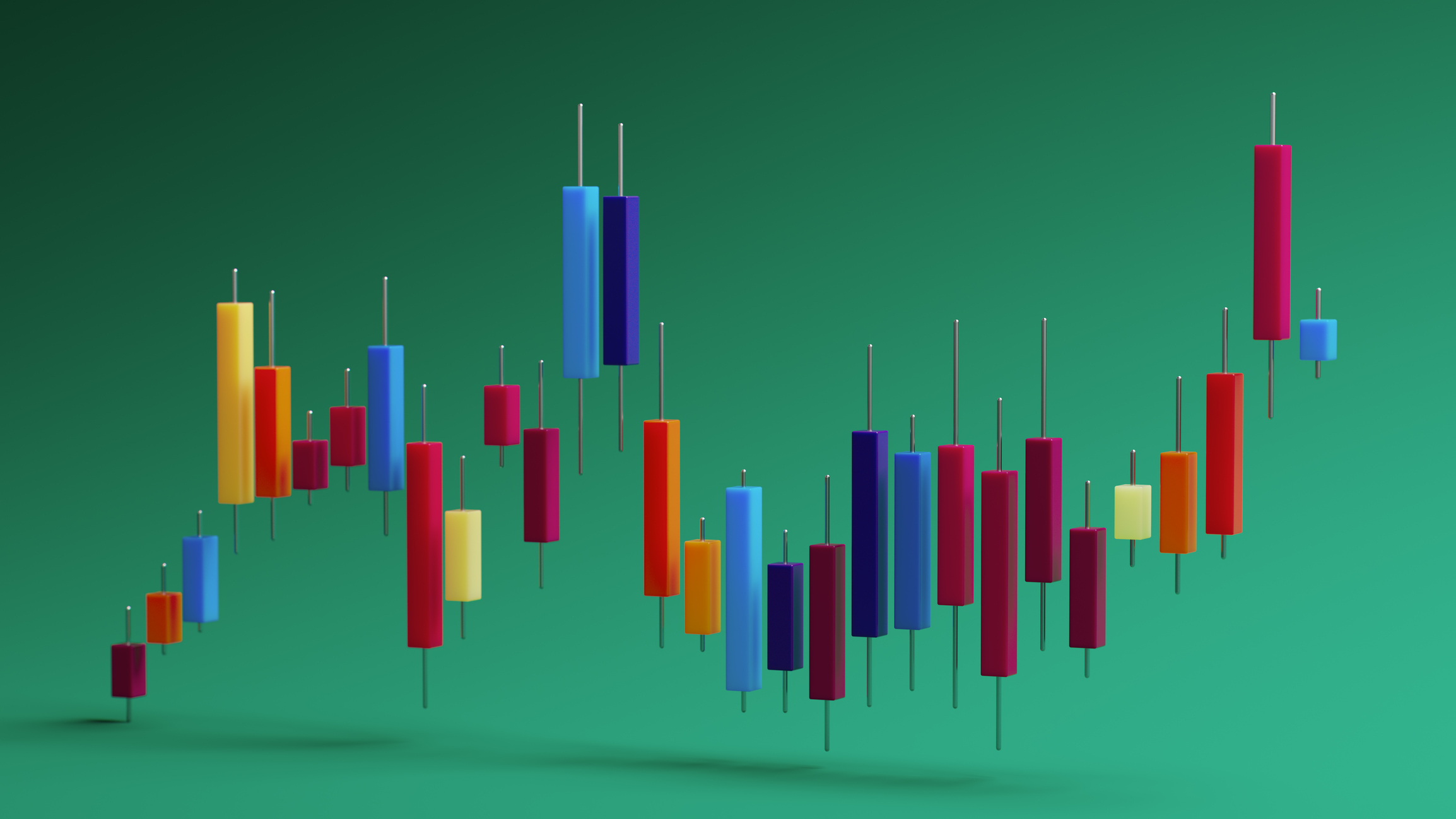Run, Don’t Walk, From Leveraged ETFs
Leveraged ETFs may make exciting moves, but these trading instruments are perilous for most portfolios.

The competition for investor dollars is fierce, and Wall Street is rife with financial geniuses figuring out new products designed to profit from even the most esoteric of trends. Some of them are good. Others could eat you alive.
One truly great idea was the exchange-traded fund (ETF), which allows investors to own a piece of an entire sector of the market, such as banking, the latest hot trend or even the entire market, with one instrument that trades just like a common stock.
Unfortunately, they just cannot leave well enough alone. They have to supercharge it with leverage, which seems to be a way for individual investors to profit with the professionals.
From just $107.88 $24.99 for Kiplinger Personal Finance
Become a smarter, better informed investor. Subscribe from just $107.88 $24.99, plus get up to 4 Special Issues

Sign up for Kiplinger’s Free Newsletters
Profit and prosper with the best of expert advice on investing, taxes, retirement, personal finance and more - straight to your e-mail.
Profit and prosper with the best of expert advice - straight to your e-mail.
But just because one of their newfangled trading products is exciting does not mean it is right for most investors. Indeed, investors often fail to understand that leveraged ETFs cut both ways. Leverage can rev up your profit potential, but at the same time increase your risk of incurring losses.
Again, that is not necessarily bad. Investors already choose their risk/reward preferences in the types of stocks they buy now. There is a difference between the stock of a staid food company, which makes steady but small profits year after year, and a Silicon Valley company that is working on self-driving cars, cloud computing and blockchain technology. The latter has much higher risk but promises the possibility of a huge reward.
However, leveraged ETFs make big promises they cannot keep simply because of the way they are designed.
Through some financial engineering not relevant here, leveraged ETFs deliver a multiple of the underlying index’s or basket’s returns each day. For example, the ProShares Ultra S&P500 (SSO) “seeks daily investment results, before fees and expenses, which correspond to twice the daily performance of the Standard & Poor’s 500 Index.”
In other words, if the S&P 500 moves higher by 0.50% one day, the Ultra ETF moves higher by 1.00%.
So far, not so bad. If the investor believes that the stock market is going to keep going up then this could be a good vehicle to own. Of course, any day that the market goes down, the Ultra ETF will go down by twice the percentage. That’s the tradeoff for the higher profit potential.
But here is the problem, and it is a big one.
Here Comes the Math
The value of a leveraged ETF is recalculated every day. Let’s say a regular, non-leveraged ETF currently trades at $50.00 per share and a two-times (or 2x) leveraged ETF, based on the same underlying basket, coincidently also trades at $50.00 per share. The next day, the regular ETF falls by one point to $49.00 per share. That’s a 2% loss.
The 2x leveraged ETF falls by 4% to a price of $48.00 per share. No surprise here.
On the second day, the regular ETF rallies back one point to $50.00. Does the 2x leveraged ETF rally back two points? No, it does not. The math says that the regular ETF gained 2.04%. Therefore, the 2x ETF gained 4.08%. Again, that looks good until you realize that a 4.08% gain on an ETF trading at $48.00 results in a price of $49.96. It does not rally back to $50.00, as the regular ETF did.
Why? Because what matters are percentages, not points. To recoup a loss in the stock market, the percentage required to gain is higher than the original percentage lost.
Here is the simplest example. If the S&P 500 loses 50% in a bear market, it must double to get back to breakeven. That is a needed gain of 100%. If it only gains back 50% – the same percentage it lost – it still will be in bear-market territory.
Over time, even if the underlying fund stays in a flat trading range, leveraged ETFs can lose money. That is why they are only for short-term strategies for traders.
The chart below shows idealized paths for a regular ETF, a 2x ETF and a 3x ETF when the underlying simply moves down by one point and then up by one point day after day.

And the same is true for inverse leveraged ETFs, which are designed to move two or three times the daily change in the underlying but in the opposite direction.
Making them even less attractive, the higher the volatility of the underlying market, the worse the capital decay becomes.
To be sure, if you pick a leveraged ETF and the underlying market moves strongly in the direction you wanted then you can indeed make a beefy profit. But even in this scenario, high volatility can still be a huge drag on profitability.
The No-Risk Profit?
There is no such thing as a no-risk profit, but given the natural value decay of leveraged ETFs, selling them short is a good plan, right? If it were that easy, of course, Wall Street would have already figured that out; sell both the leveraged long and inverse versions of an ETF, kick back and watch the profits roll in. That’s the dream anyway and it works sometimes.
A chart of the Direxion Daily Gold Miners Bull 3x Shares ETF (NUGT) and the Direxion Daily Gold Miners Bear 3x ETF (DUST) shows that both ETFs lost plenty of their value over time.

Gold mining stocks saw many short-term up and down cycles over the past few years. Both ETFs lost money.
Now let’s look at an underlying market that was in full rally mode with low volatility. It is no surprise that the Proshares Ultrashort S&P 500 ETF (SDS), a 2x leveraged inverse ETF, plunged in 2017, losing 32.08% of its value. However, the SSO gained 43.72%, which was better than twice the performance of the S&P 500 and its 19.42% gain.
Had you been short each S&P 500 leveraged ETF, you would have gained only 11.68% before commissions. And that does not take into account margin fees and possibly even margin calls.
Before calling your broker to capture what appears to be a risk-free, albeit a relatively modest gain, consider that the 2017 stock market was extraordinarily good to investors, and extraordinarily calm. It was an exception, not the norm.
In most markets, over time, they will decay in value. So even if you feel you missed out on the great rally of 2017, or if you think a bear market is imminent, leveraged ETFs are very likely to burn a hole in your portfolio.
They can be appropriate for experienced traders who already understand the power of leverage and the time-decay factors involved. If you time them right, a quick trade can be lucrative. But most of us should leave them alone. They are not worth the risk.
Profit and prosper with the best of Kiplinger's advice on investing, taxes, retirement, personal finance and much more. Delivered daily. Enter your email in the box and click Sign Me Up.

-
 Stocks Extend Losing Streak After Fed Minutes: Stock Market Today
Stocks Extend Losing Streak After Fed Minutes: Stock Market TodayThe Santa Claus Rally is officially at risk after the S&P 500's third straight loss.
-
 What Bilt Cardholders Need to Know as Wells Fargo Exits the Program
What Bilt Cardholders Need to Know as Wells Fargo Exits the ProgramA major shake-up in the Bilt Rewards program could affect your credit card, rent rewards and points strategy heading into 2026.
-
 3 Major Changes to the Charitable Deduction in 2026
3 Major Changes to the Charitable Deduction in 2026Tax Breaks About 144 million Americans might qualify for the 2026 universal charity deduction, while high earners face new IRS limits. Here's what to know.
-
 Stocks Extend Losing Streak After Fed Minutes: Stock Market Today
Stocks Extend Losing Streak After Fed Minutes: Stock Market TodayThe Santa Claus Rally is officially at risk after the S&P 500's third straight loss.
-
 Santa Claus Rally at Risk as Tech Stocks Slump: Stock Market Today
Santa Claus Rally at Risk as Tech Stocks Slump: Stock Market TodayThe Nasdaq Composite and Dow Jones Industrial Average led today's declines as investors took profits on high-flying tech stocks.
-
 Gold and Silver Shine as Stocks Chop: Stock Market Today
Gold and Silver Shine as Stocks Chop: Stock Market TodayStocks struggled in Friday's low-volume session, but the losses weren't enough to put the Santa Claus Rally at risk.
-
 The Santa Claus Rally Officially Begins: Stock Market Today
The Santa Claus Rally Officially Begins: Stock Market TodayThe Santa Claus Rally is officially on as of Wednesday's closing bell, and initial returns are positive.
-
 'Humbug!' Say Consumers, Despite Hot GDP: Stock Market Today
'Humbug!' Say Consumers, Despite Hot GDP: Stock Market Today"The stock market is not the economy," they say, but both things are up. Yet one survey says people are still feeling down in the middle of this complex season.
-
 Stocks Rise to the Spirit of the Season: Stock Market Today
Stocks Rise to the Spirit of the Season: Stock Market TodayInvestors, traders and speculators are beginning to like the looks of a potential year-end rally.
-
 Nasdaq Leads as Tech Stages Late-Week Comeback: Stock Market Today
Nasdaq Leads as Tech Stages Late-Week Comeback: Stock Market TodayOracle stock boosted the tech sector on Friday after the company became co-owner of TikTok's U.S. operations.
-
 Cooler Inflation Supports a Relief Rally: Stock Market Today
Cooler Inflation Supports a Relief Rally: Stock Market TodayInvestors, traders and speculators welcome much-better-than-hoped-for core CPI data on top of optimism-renewing AI earnings.